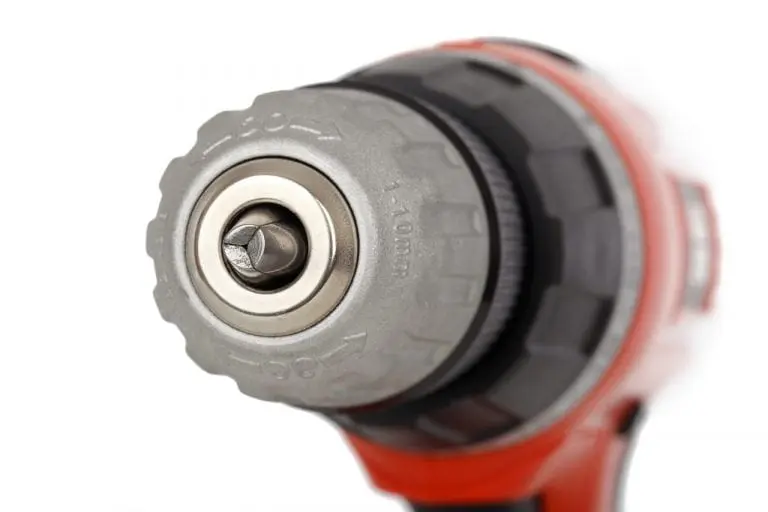Smart Home Technology That Can Save You Money

Using smart home technology can have many advantages, and particularly in the financial department. You can use smart home tech to streamline your day to day household tasks, remind yourself of things that need to be done, and keep your home and family safe.
Of course, there are some smart tech objects that you might not want to handle your household duties. For example, for many homeowners, cleaning is one area that isn’t worth outsourcing to robotic toys. Although today there are many battery-powered cleaning tools, they aren’t affected for undergoing household tasks like a deep cleaning.
According to a Littleton CO cleaning services company, http://www.mountainmeadowmaids.com/, “It is traditional to clean inside of cabinets, drawers, oven, and refrigerator during turn-key cleanings.” With the aforementioned level of cleaning, you likely want to hire a professional cleaning service yourself.
However, there are plenty of other viable ways that smart home technology is both effective and cost-efficient. Here’s how you can save:
Smart Mold Sensors
The traditional mold kits, which involve using a petri dish and self-analyzing the results, are more work for you and not always conclusive or effective. A mold issue can be dangerous and extremely costly. Your basic mold removal services could range anywhere from $500 to upwards of $4,000. A smart sensor will alert you when an issue could occur before it becomes a bigger problem.
Smart Plugs
Smart plugs don’t replace your current plugs, but rather act as an intermediary between your outlet and the device. There are several reasons this can be just as efficient as it is money and time-saving. First and foremost, you keep your household safe by ensuring that everything is turned off and nothing can cause a fire hazard later down the line.
It’s convenient because it allows you to power certain objects on and off remotely. Want to get dinner started before you leave the office? Prep your slow cooker before you leave, and get it started before you hit the road.
In terms of savings, smart thermostats learn more about your usage and preferences to help you determine the best ways to cut costs. It will show you data and reports that reveal which systems and items are pulling the most power, which allows you to make adjustments that lower your electric bill.
Smart Lighting
For starters, smart bulbs tend to be in the LED variety, which is already better for the environment and easier on your bill. One of its most basic—and best—features is that you can dim the lights as you see fit. This helps save the light in your home by restricting it to just the light levels that you need. And let’s face it: everyone forgets to turn off a light now and then. Even when you’re home and have forgotten, you may not always be in the mood to turn it off. Being able to turn it on and off remotely can make all the difference.
Smart Thermostats
A smart thermostat allows you to make the most of your home temperature throughout the year. If you’re one of those homeowners that finds yourself adjusting the temperature during the day (perhaps you’re colder at night and warmer in the afternoon), a smart thermostat would enable you to use your phone to adjust the temperature remotely.
This is good for a variety of reasons. If you’re away from home, you can adjust your temperature accordingly to save you money. For example, if you’re away for the weekend, you can turn off your cooling or heating system to avoid overusing it when it’s not needed.
The Nest Learning Thermostat saves users up to $145 annually on their bills. Furthermore, they also provide usage statistics that can be invaluable in helping you make smart, cost-saving decisions moving forward.
Smart Fire & Smoke Detectors
Installing a smart fire and smoke detector in your home is one of the best preventative measures you can take. And if you’ve ever damaged something in a fire, you understand how expensive it can be to replace or renovate. Unfortunately, not enough people take advantage of this. Standard fire alarms in a home may be outdated or dead, and it’s important to update your system. After all, 21% of deaths that occurred in a fire could have been prevented with an updated alarm, according to a National Fire Protection Association report.
Similar Posts:
- How to Turn Your House into a Smart Home in 2019
- Advantages of Having a Smart Shower
- How Can I Save Money on My Energy Bills by Hiring a Good Electrician Near Me?
- 4 Strategies for Increasing Your Cleveland Home’s Value
- Is There A Right Age For Kids And A Cell Phone?









